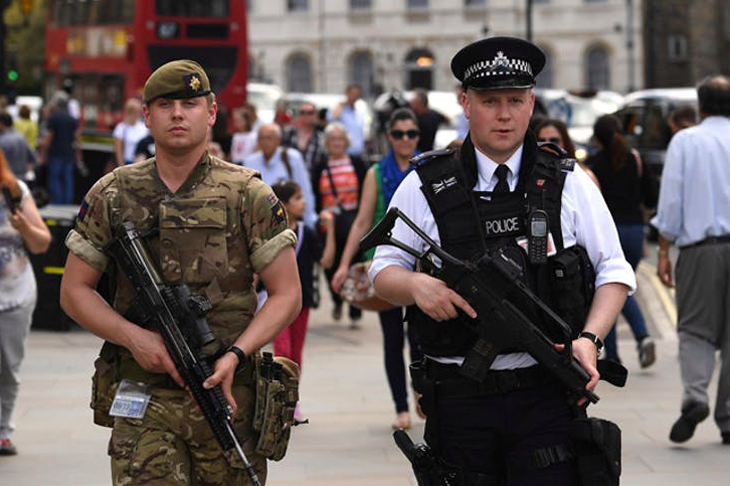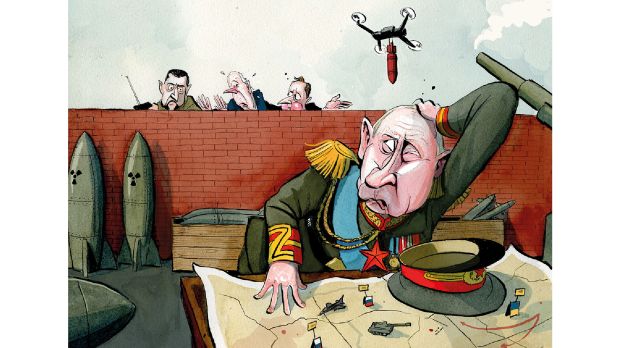They don’t like to use the ‘Q’ word in counter-terrorism. It’s a bit like blurting out the name of the Scottish Play in a theatre. At Christmas parties, members of the security agencies insisted they had never been busier but once the year had turned and they were no longer tempting fate, they were prepared to admit that 2018 was a bit ‘quieter’.
Already a subscriber? Log in
Subscribe for just $2 a week
Try a month of The Spectator Australia absolutely free and without commitment. Not only that but – if you choose to continue – you’ll pay just $2 a week for your first year.
- Unlimited access to spectator.com.au and app
- The weekly edition on the Spectator Australia app
- Spectator podcasts and newsletters
- Full access to spectator.co.uk
Or
Unlock this article
You might disagree with half of it, but you’ll enjoy reading all of it. Try your first month for free, then just $2 a week for the remainder of your first year.














Comments
Don't miss out
Join the conversation with other Spectator Australia readers. Subscribe to leave a comment.
SUBSCRIBEAlready a subscriber? Log in